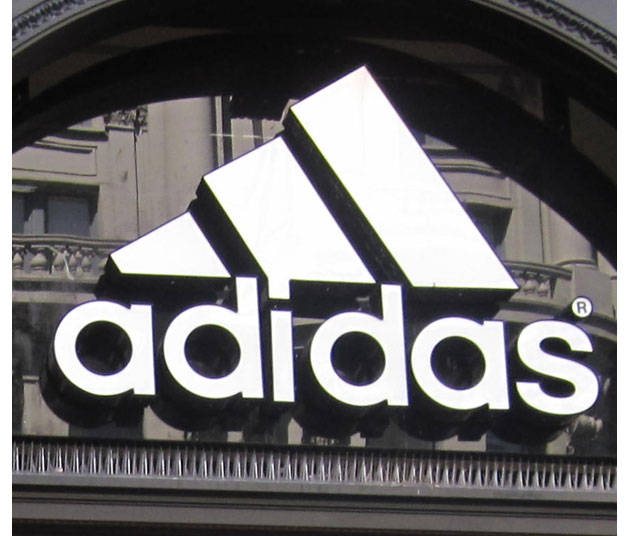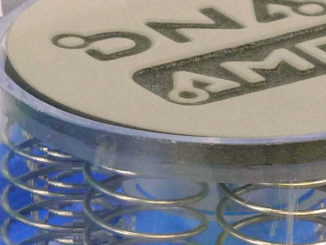
On a late summer afternoon in Adidas Village, a complex of five Rubik’s cube–like buildings with colorful, tile façades on the east side of Portland, Oregon, a brood of young footwear designers gathered in a second-floor common area for the final presentation of an outgoing summer intern. The space was softly lit and industrial, with pendulous silver light fixtures hanging from the ceiling amid exposed metal piping. The designers — casually fit, tattooed, and dressed in solid tones that balanced conventionally conspicuous footwear — spread themselves across an array of sectionals and bright, fabric lounge chairs.
The intern, a young woman named Laurance, wore a coral blouse and long, dark brown braids that hung to her chest. She took her place facing the audience, standing in front of an oversized poster board plastered with sketches of a shoe of her own design. The sketches portrayed three months of labored iteration, each sheet of paper representing a fresh go at the canvas. A high-top in one sketch became a low-top in the next; straps appeared and then went away. The final result — a spaceship-sleek, laceless running shoe that swooped dramatically from ankle to toe — studiously resembled the kind of sneakers that Adidas has produced with growing frequency over the past two years: radically exuberant, with a striking silhouette that pointedly diverged from the dowdy, functional designs for which the 67-year-old company had long been known.



